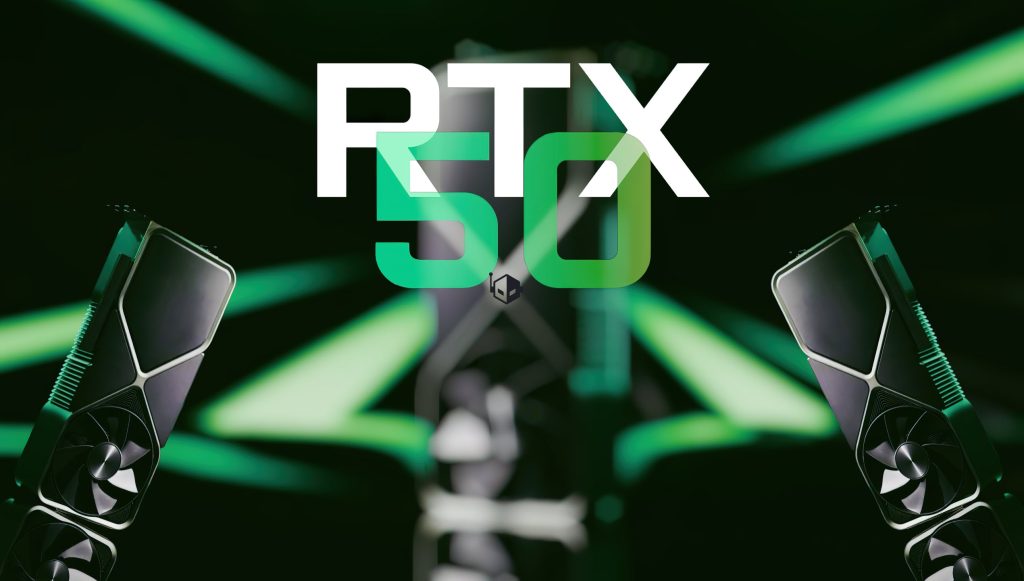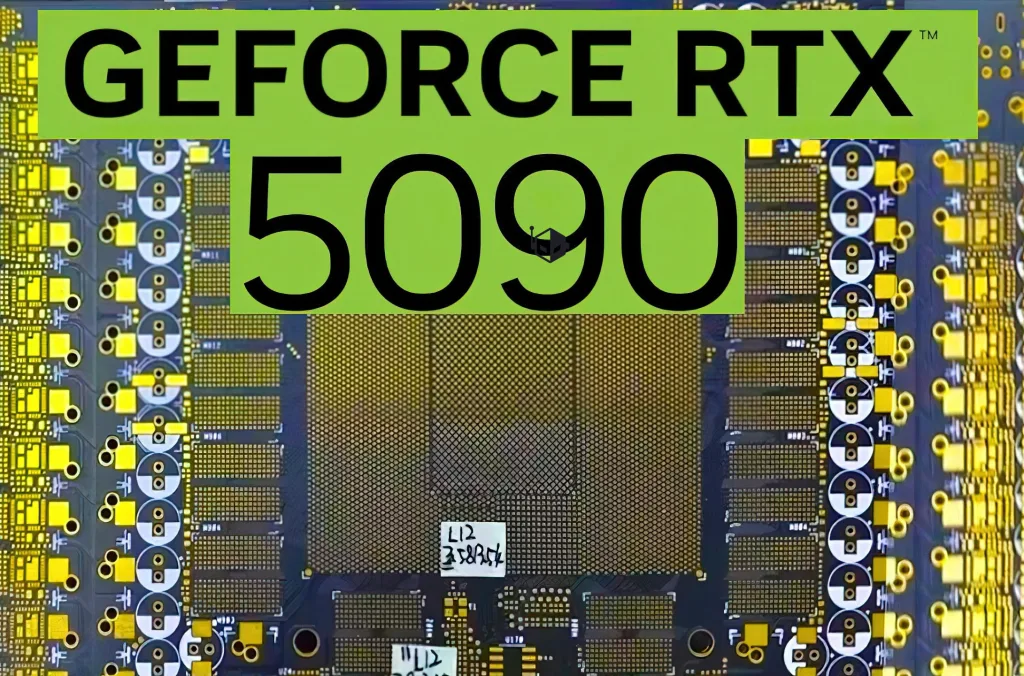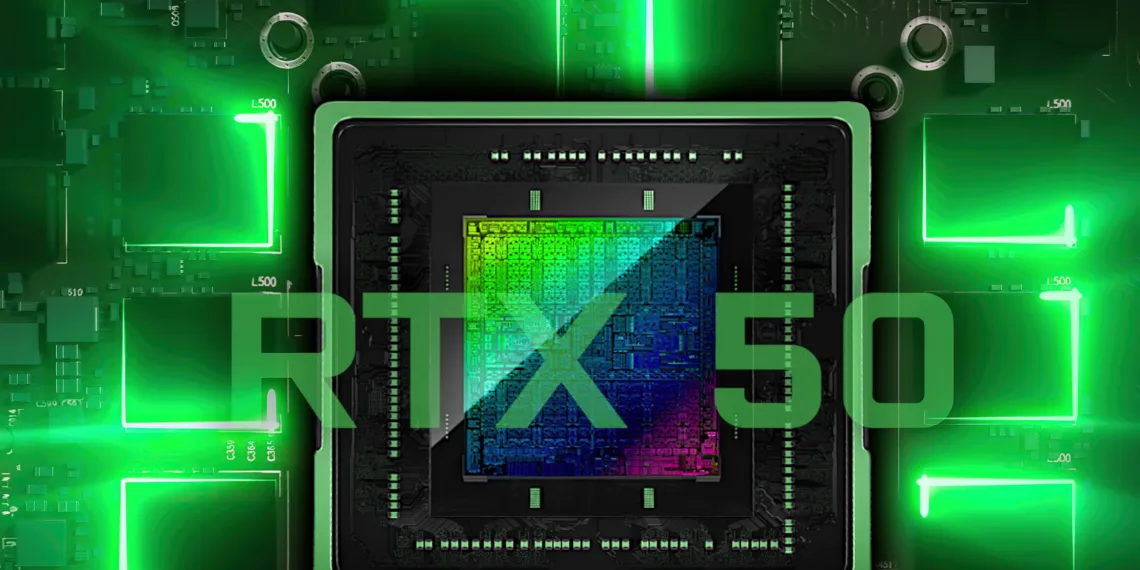The buzz around NVIDIA’s upcoming GeForce RTX 50 series is growing louder, and the latest leaks have revealed some eyebrow-raising details about the expected pricing of the flagship GPUs. If the rumors are true, the GeForce RTX 5090 could cost a staggering $2,600, while the GeForce RTX 5080 might retail for around $1,370. Let’s dive into what this means for gamers, creators, and enthusiasts.
Table of Contents
NVIDIA GeForce RTX 5090 & RTX 5080: A Price Hike That’s Hard to Ignore
According to leaks from @wxnod, NVIDIA’s GeForce RTX 5090 is expected to be priced at 18,999 yuan ($2,600), while the RTX 5080 could retail for 9,999 yuan ($1,370). This marks a significant jump in MSRP compared to the previous generation.
Why the Price Increase?
NVIDIA is rumored to be packing the RTX 5090 with cutting-edge features, including:
- GDDR7 Memory Modules: Faster and more efficient memory for improved performance.
- Generational Performance Boosts: Significant upgrades in ray tracing, AI capabilities, and overall GPU power.
With NVIDIA dominating the high-end GPU market, the company appears to be leveraging its position to push prices higher for its flagship models.
What About the Mid-Range GPUs?
While the high-end models are seeing a noticeable price hike, mid-range and entry-level GPUs are expected to remain relatively consistent in pricing. This is likely because NVIDIA faces stiff competition in the mainstream market from AMD and Intel, which keeps prices in check.
For gamers and creators who don’t need the absolute best, the mid-range RTX 50 series could still offer excellent value without breaking the bank.
Also Read: NVIDIA & AMD Race to Ship Next-Gen GPUs Before Trump Tariffs Hit

What Does This Mean for Consumers?
If the leaked pricing is accurate, NVIDIA’s flagship GPUs are moving further into premium territory, making them less accessible to the average consumer. Here’s what this could mean:
- For Gamers: The RTX 5090 and RTX 5080 will likely cater to enthusiasts who demand the best performance, but the price may push many gamers toward mid-range options.
- For Creators: Professionals who rely on GPUs for rendering, AI workloads, and video editing may need to weigh the cost against the performance gains.
- For the Market: NVIDIA’s pricing strategy could open the door for AMD and Intel to capture more market share in the high-end segment if they offer competitive alternatives.
What’s Next for NVIDIA’s RTX 50 Series?
NVIDIA’s Blackwell architecture, which powers the RTX 50 series, is expected to deliver groundbreaking performance improvements. The official announcement is rumored to take place on January 6, and we’ll likely get more details about the full lineup, including specifications, pricing, and availability.
While the leaked prices are speculative, a generational price bump for the flagship models seems inevitable. For now, consumers should brace themselves for higher costs if they’re eyeing NVIDIA’s top-tier GPUs.

Final Thoughts: A New Era of Premium GPUs?
The GeForce RTX 5090 and RTX 5080 are shaping up to be technological marvels, but their rumored price tags may leave many enthusiasts questioning whether the performance gains justify the cost.
As NVIDIA continues to dominate the high-end GPU market, the company’s pricing strategy could redefine what it means to own a flagship GPU. For those who can afford it, the RTX 5090 promises to deliver unparalleled performance. For everyone else, the mid-range RTX 50 series might be the sweet spot.
Stay tuned for NVIDIA’s official announcements in January, where we’ll learn more about the future of the RTX 50 series.
What do you think about the rumored pricing of NVIDIA’s RTX 5090 and RTX 5080? Are these GPUs worth the premium price, or is NVIDIA pushing too far? Let us know in the comments!








